Wildfires in Southern California have wreaked havoc on locals, terrifying residents who have been forced to flee the raging blazes.
Many residents have even stated that it appeared as if nuclear war was underway, particularly during moments when pyrocumulonimbus clouds formed over the massive fires.
The Line Fire in California

California firefighters are currently battling multiple fires. However, the Line Fire is one of the worst in the state at the moment as officials struggle to contain it.
So far, the Line Fire is only at 3% containment. Officials have explained that this particular fire is incredibly strong, severe, and chaotic.
Ongoing Fires in Southern California
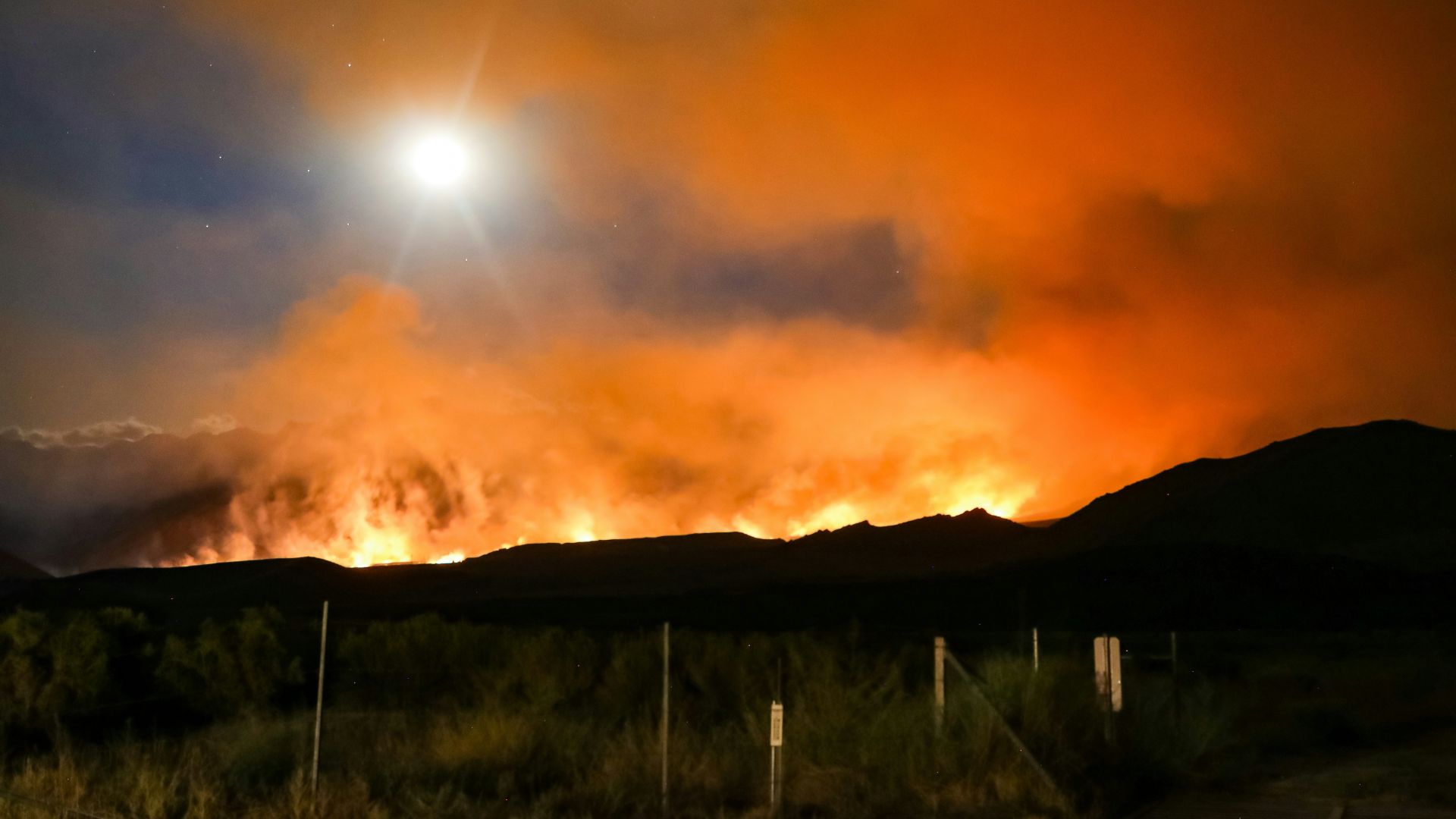
The Line Fire has grown to 23,714 acres in San Bernardino County, according to the California Department of Forestry and Fire Protection.
Meanwhile, Los Angeles County has seen the Bridge Fire, which has grown to 2,995 acres. In Orange County, the Airport Fire exploded to 1,900 acres in only two hours.
Wildfires During an Intense Heat Wave
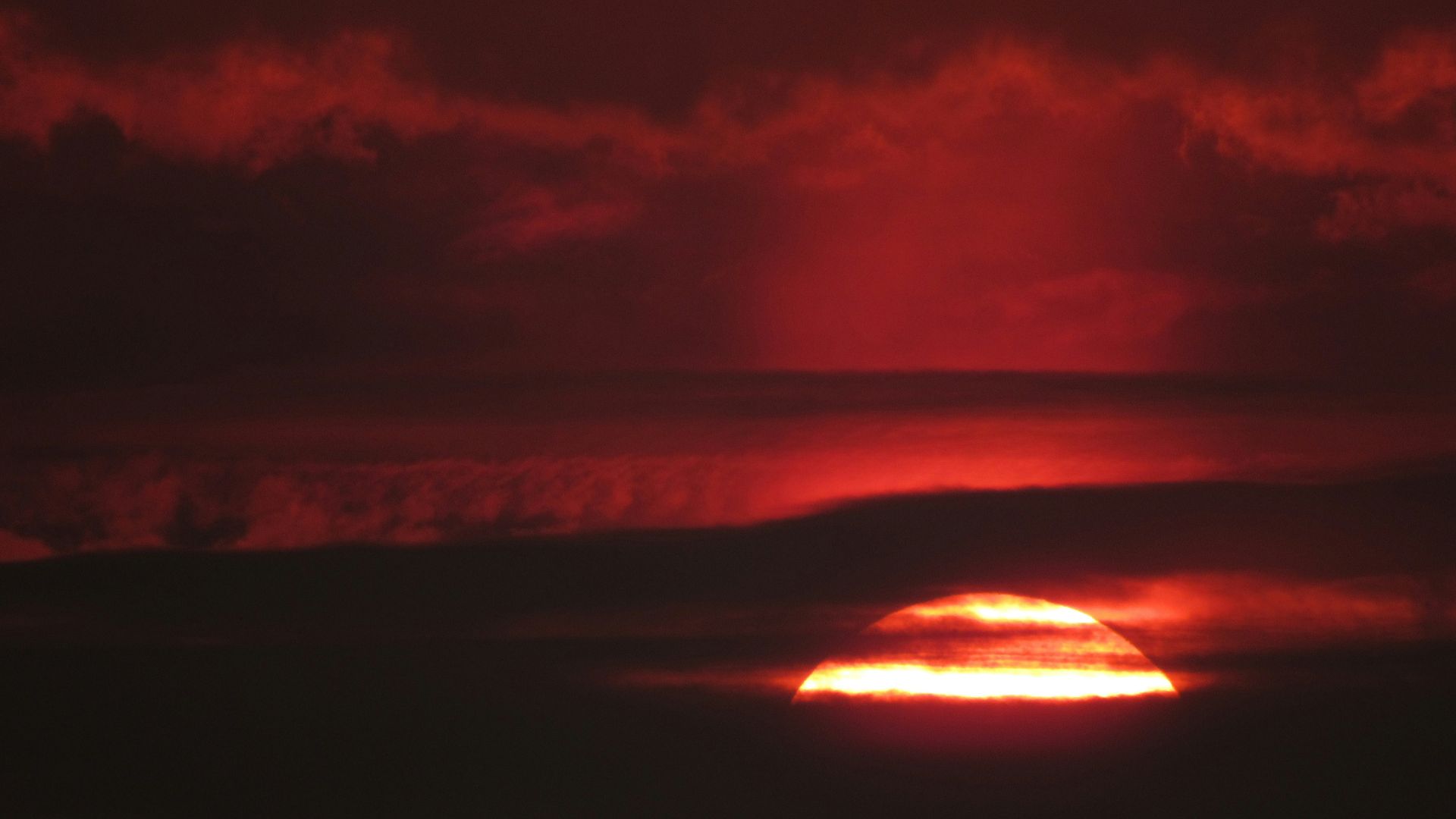
These raging wildfires have appeared — and greatly grown — during a period when much of Southern California was under an intense heat wave.
Though the peak of this heat wave has now subsided, the high heat may continue to cause issues for firefighters and locals living near these blazes.
Mandatory Evacuations Are Underway
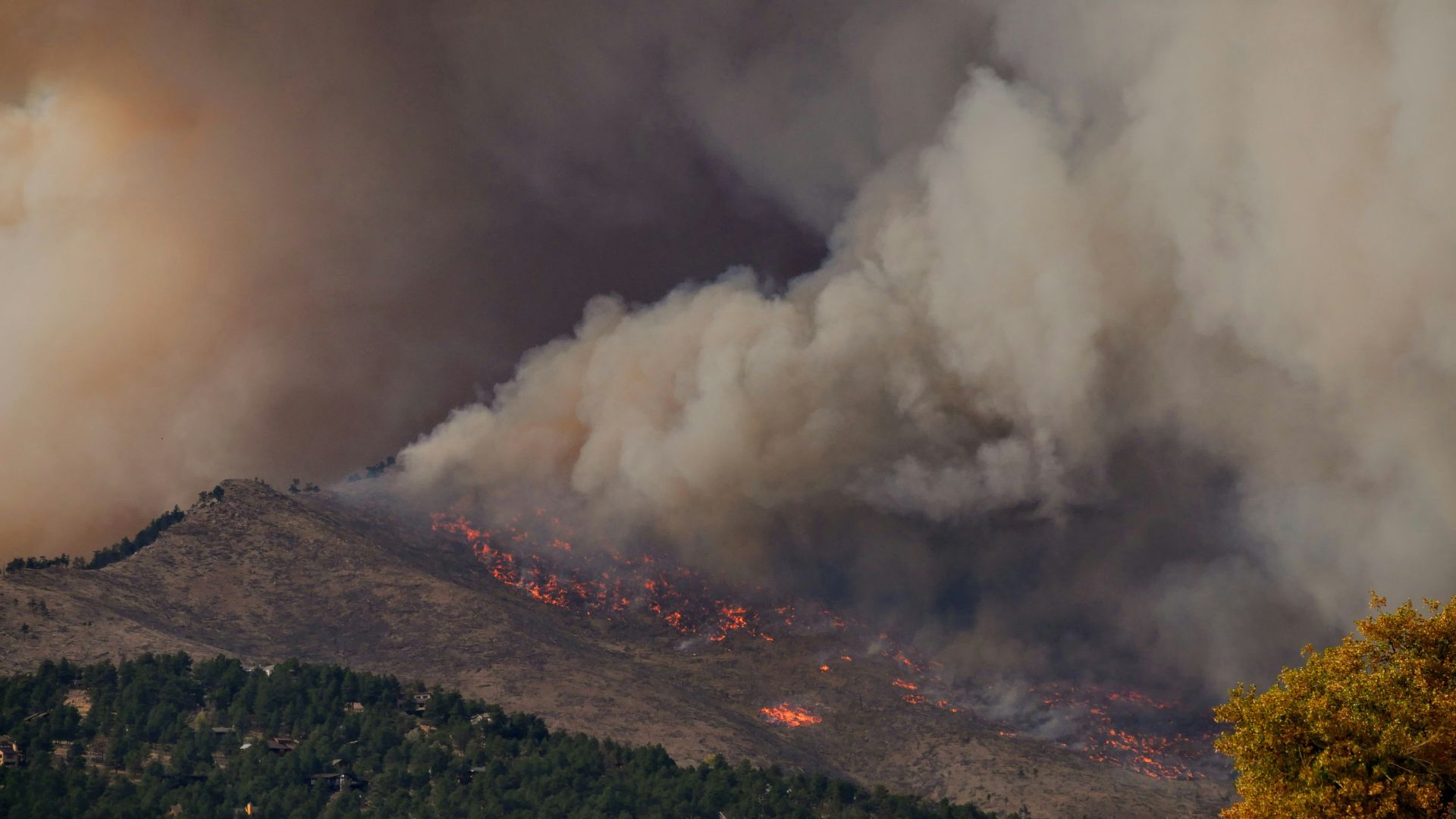
Mandatory evacuations in various areas of Southern California have been issued, as many residents are now in the pathway of these fires.
Evacuations have been seen in Arrowbear Lake, Forest Falls, Running Springs, and Mountain Home Village. Meanwhile, evacuation warnings have also been issued for Valley of Enchantment, Lake Arrowhead, Crestline, and Cedar Glen.
Homes Are in Danger
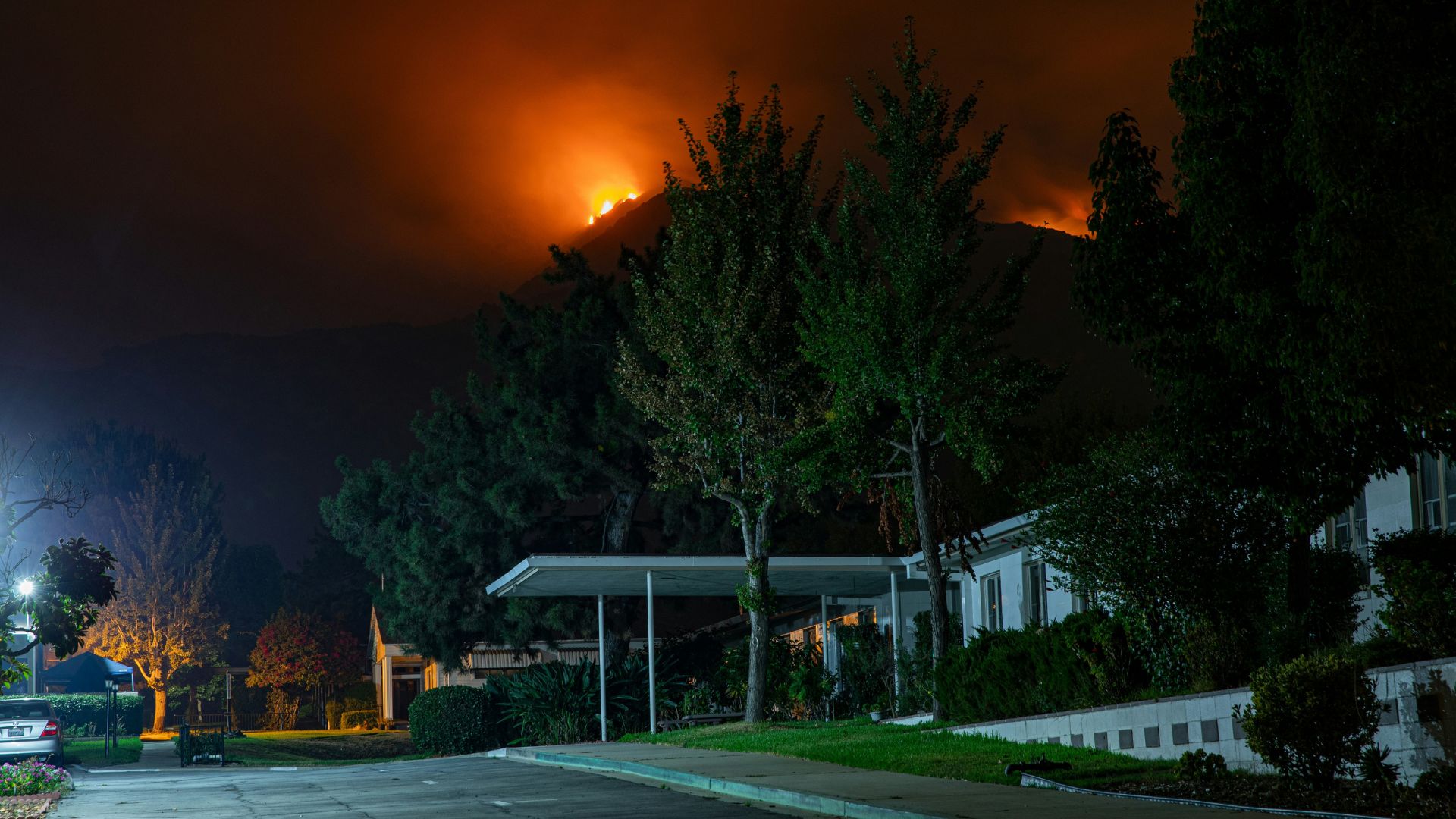
The Californians who live in these high-risk regions are incredibly worried about their homes, particularly those who have been forced to leave because the fires have gotten too close to their neighborhoods.
Fire officials have stated that more than 36,300 structures are now threatened by the Line Fire. This includes many single-family and multifamily homes.
Nuclear Like Scenes
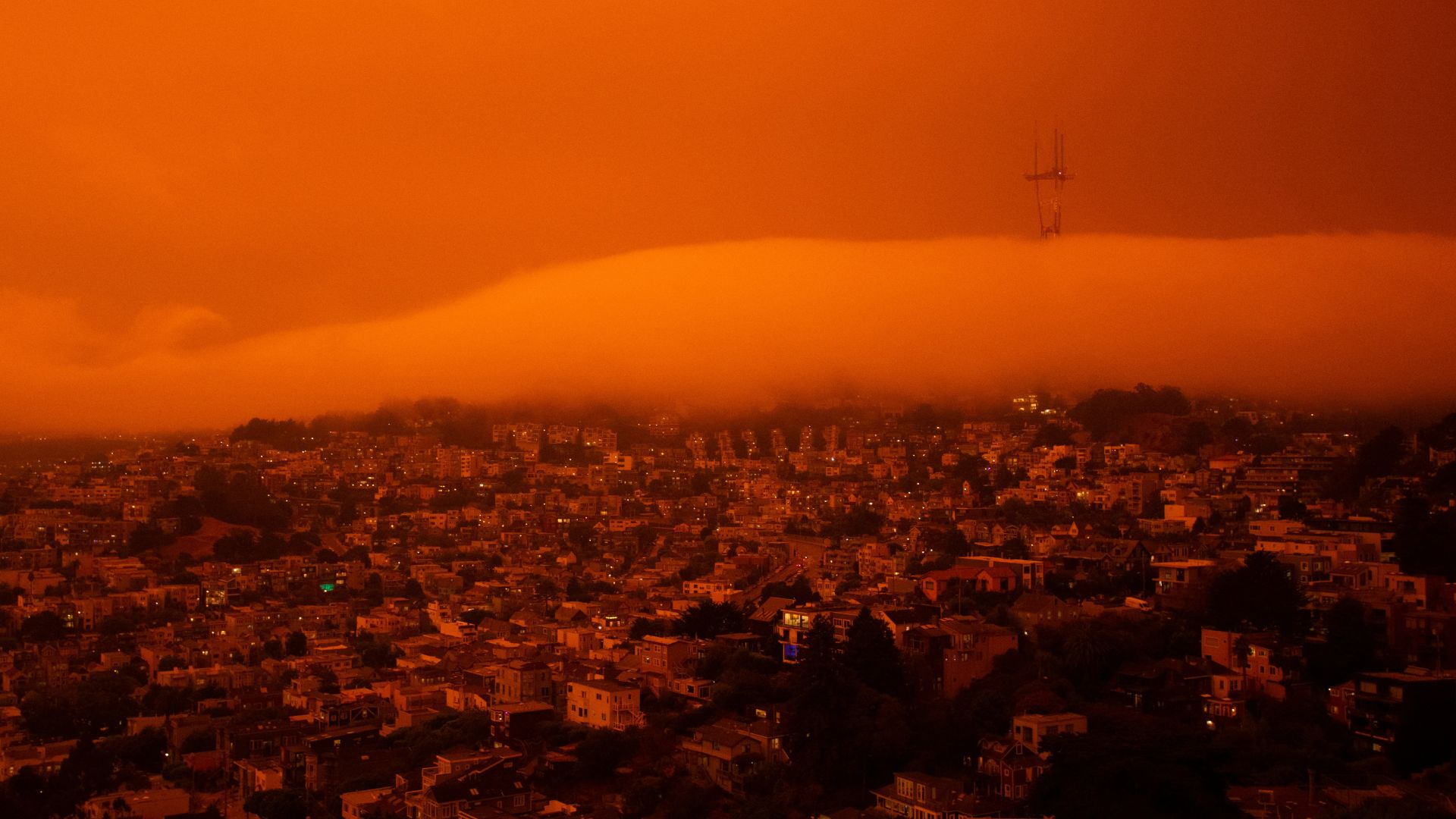
Californians in these dangerous regions have opened up about how terrible the flames are, explaining that it’s like they’re living in nuclear warfare.
Crestline resident Megan Vasquez said, “It looked exactly like a nuclear warhead had been set off in the mountains. It was a giant mushroom with compact billowy clouds and crazy smoke rings around it on the plume coming up.”
The Creation of Pyrocumulonimbus Clouds

Fire officials have recently explained that the brutal heat wave combined with fuels has led to the creation of pyrocumulonimbus clouds.
Pyrocumulonimbus clouds are thunderstorms that can form above intense forms of heat, such as wildfires. These clouds can then trigger incredibly severe winds that can push the flames in various directions.
Firefighters Face Massive Difficulties
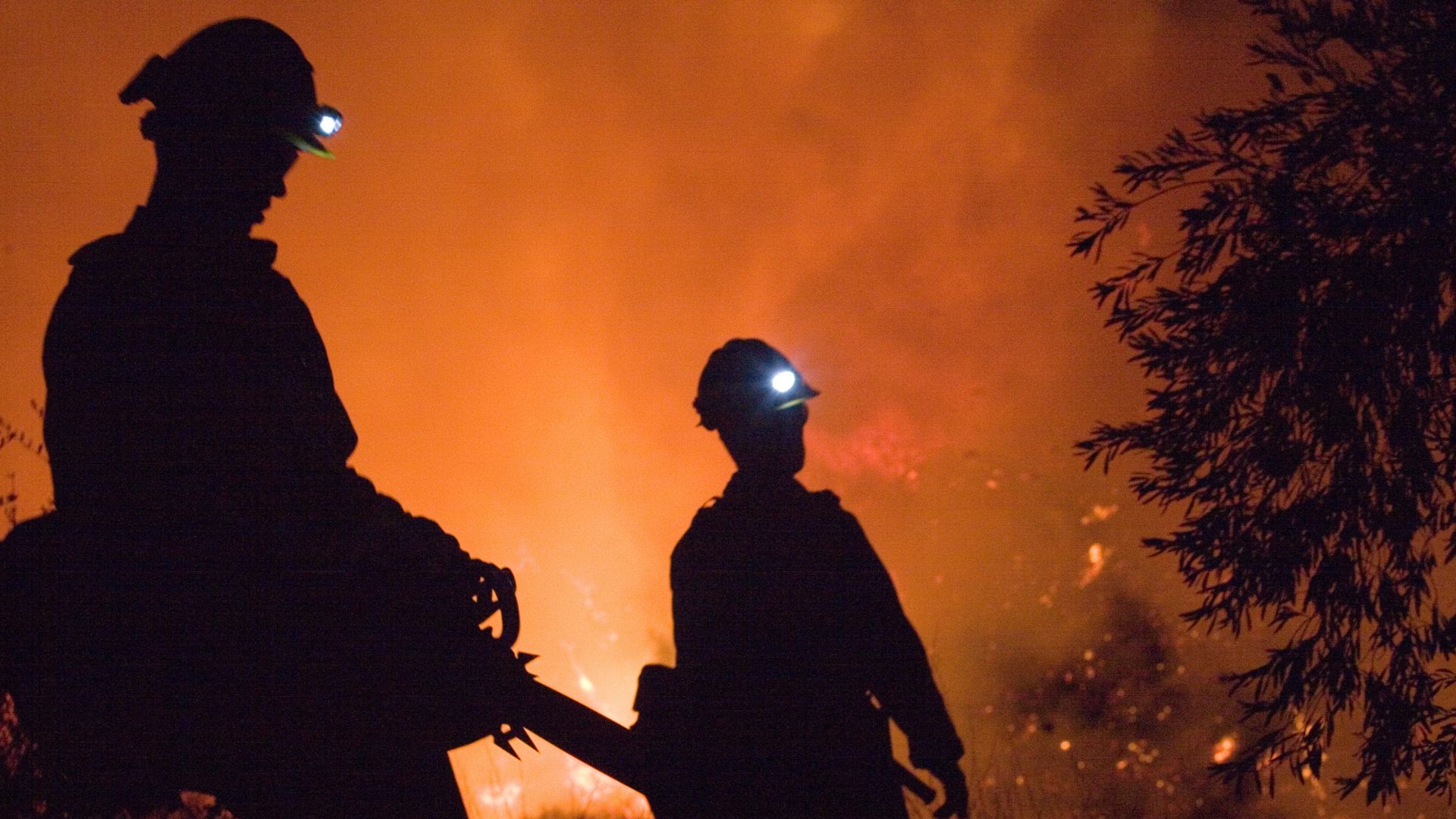
These pyrocumulonimbus clouds further hindered firefighters’ attempts to contain the Line Fire, as lightning strikes from these clouds limited how they fought the fire from the air.
Because of these dangerous clouds, firefighters couldn’t use helicopters or drop water and flame retardants on the Line Fire from the sky.
Thousands of Lightning Strikes
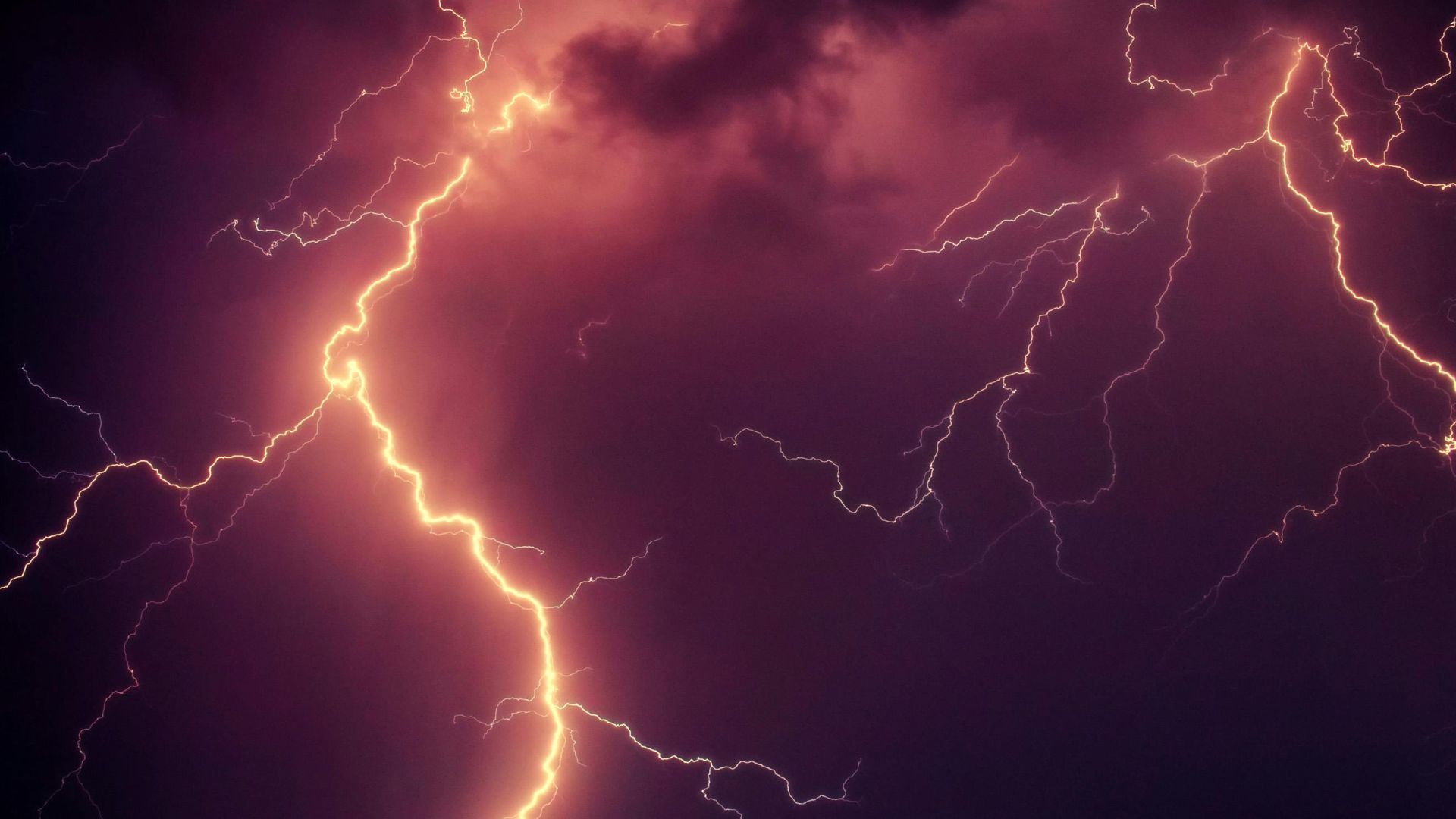
During the periods when these pyrocumulonimbus clouds formed, thousands of lightning strikes were seen, further complicating things.
The weather service stated that 282 lightning strikes were recorded in Big Bear and Highland, while 3,337 lightning flashes stayed up in the clouds.
An Extreme Fire
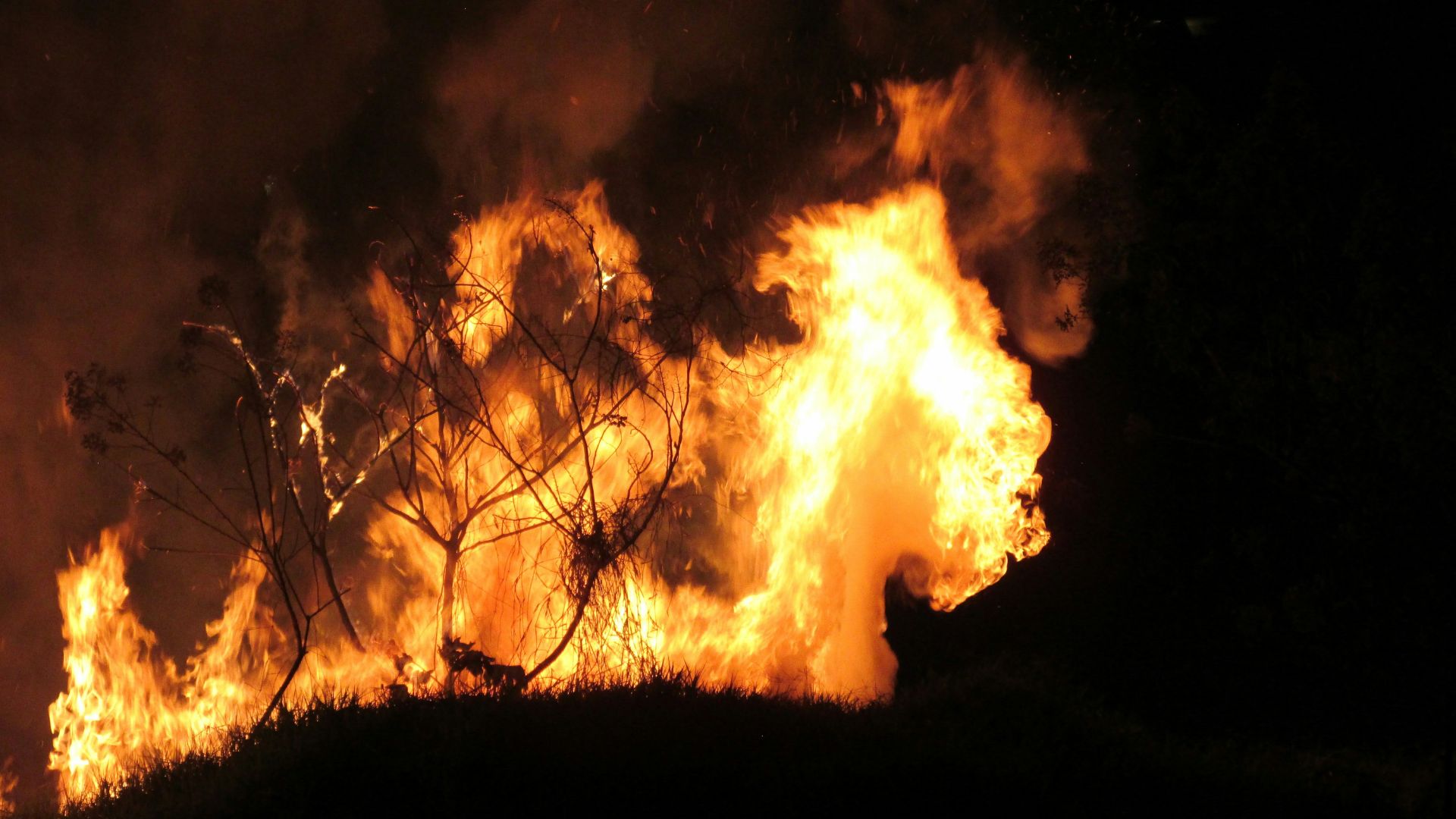
Weather officials have opened up about how the Line Fire isn’t any normal blaze. It’s extreme.
National Weather Service meteorologist Chandler Price explained, “I’m not going to kid around with this fire, it’s been very wild and it’s definitely been showing some extreme behavior.”
A Hopeful Future
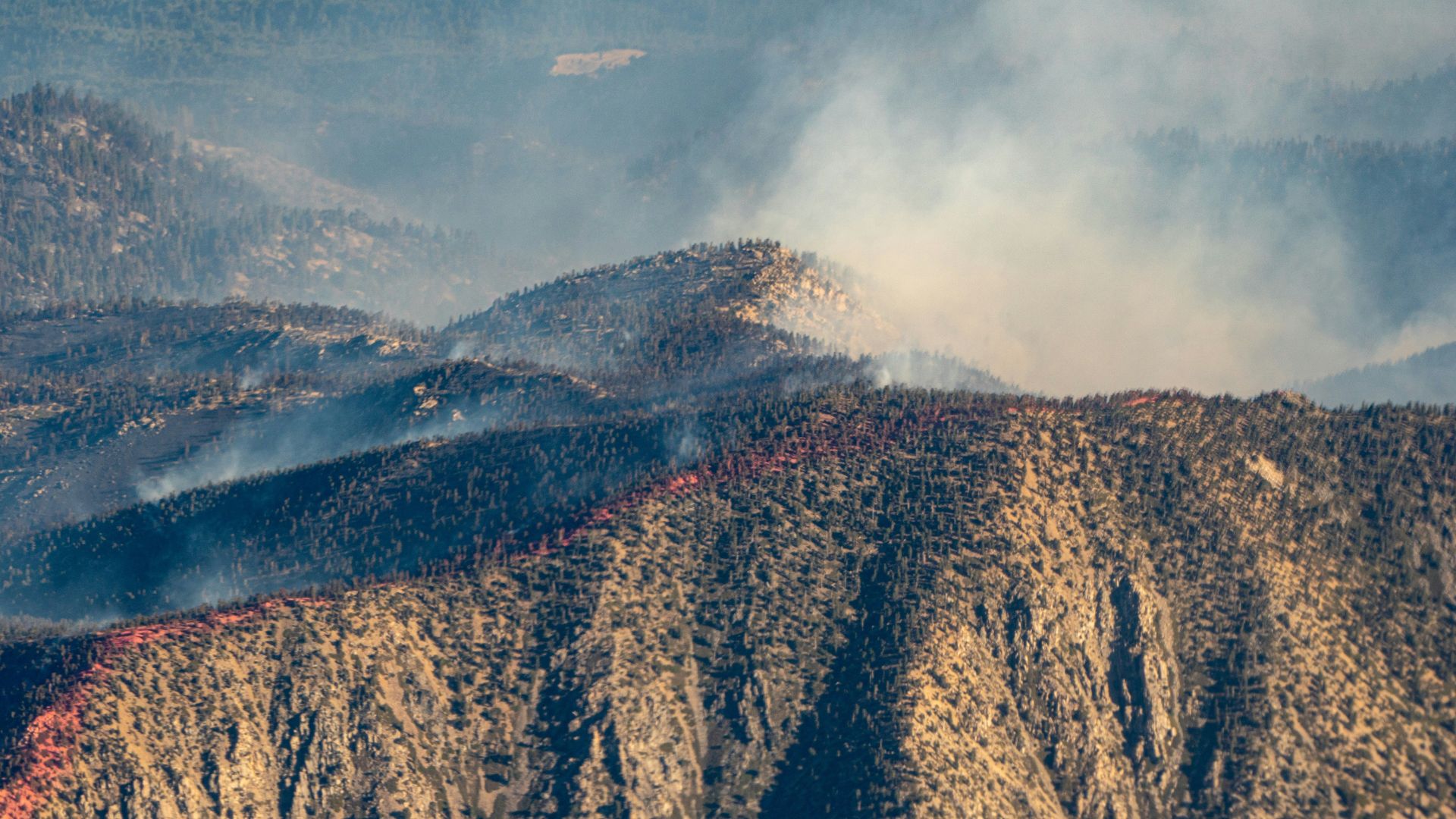
After a difficult weekend, fire officials are hopeful that Mother Nature will help keep winds mild in the near future. If this happens, they may be able to better contain the Line Fire, as well as other Southern California blazes.
Price added, “Today they’re going to be slightly stronger than average, but they’re going to be pretty typical afternoon breeze type of winds. Of course, if we get another pyrocumulonimbus, all bets are off. They generate their own wind systems, and those winds can be intense.”
